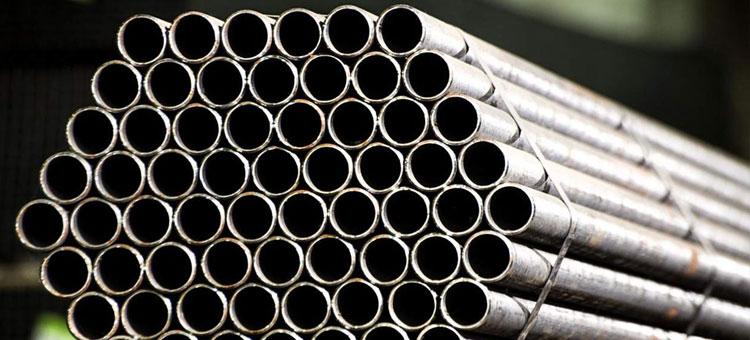
Stainless steel tubes have gained immense popularity in various industries due to their exceptional durability, high-temperature strength, and corrosion resistance. Recently, the 317L tubes have emerged as a popular choice for industrial applications. More and more industries are adopting it for their daily operations. These tubes are gaining momentum for six key reasons. Continue reading “6 Reasons Why 317l Stainless Steel Tubes Are Being Used Like Never Before”

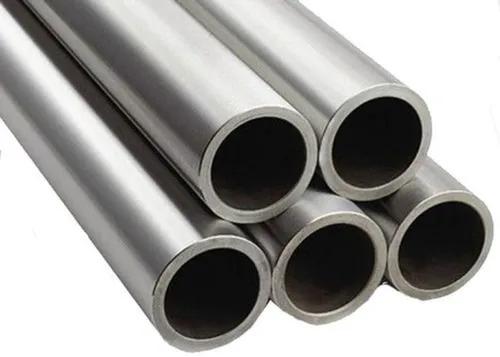
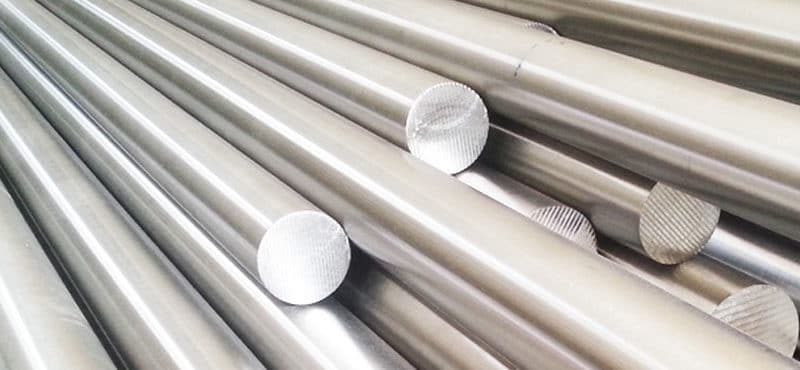





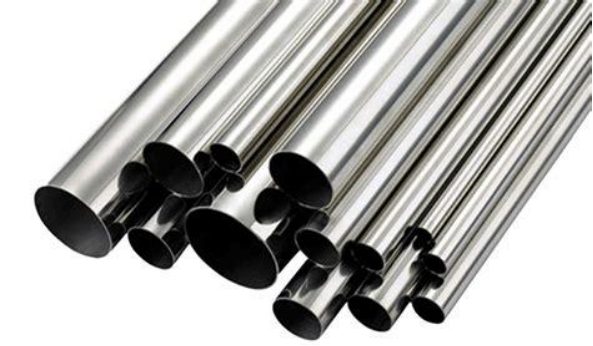
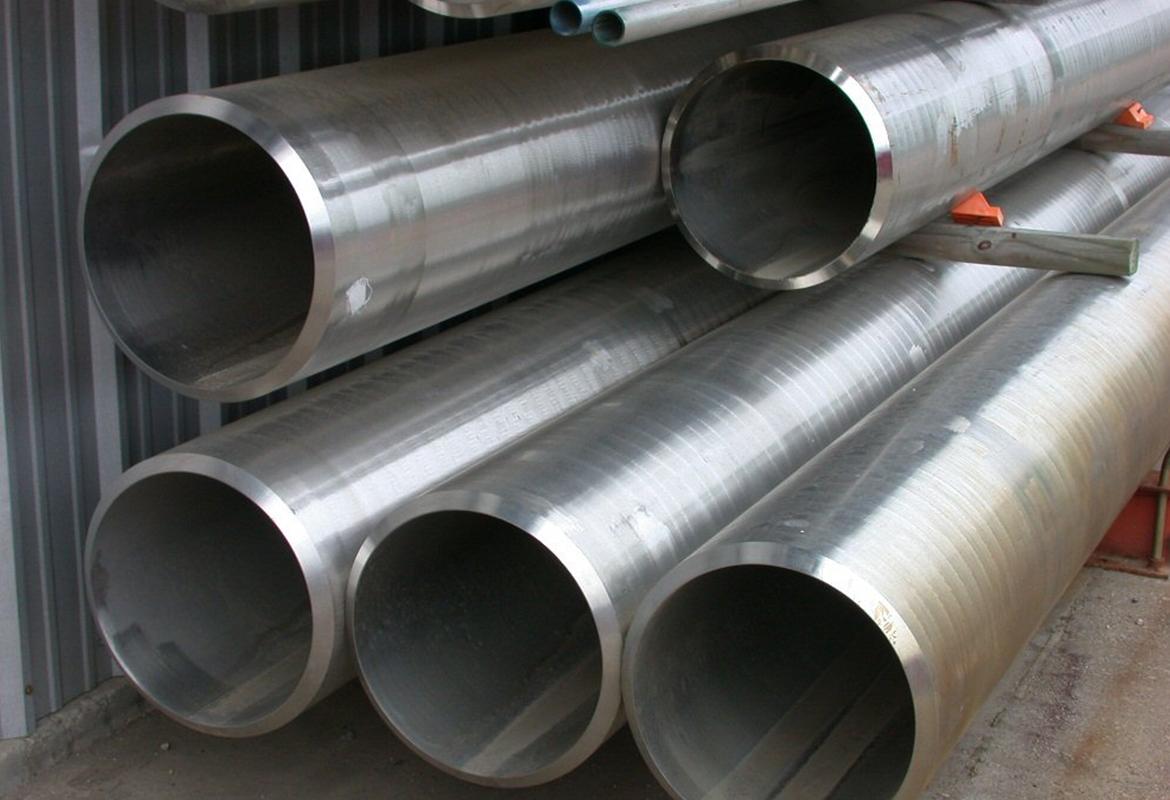
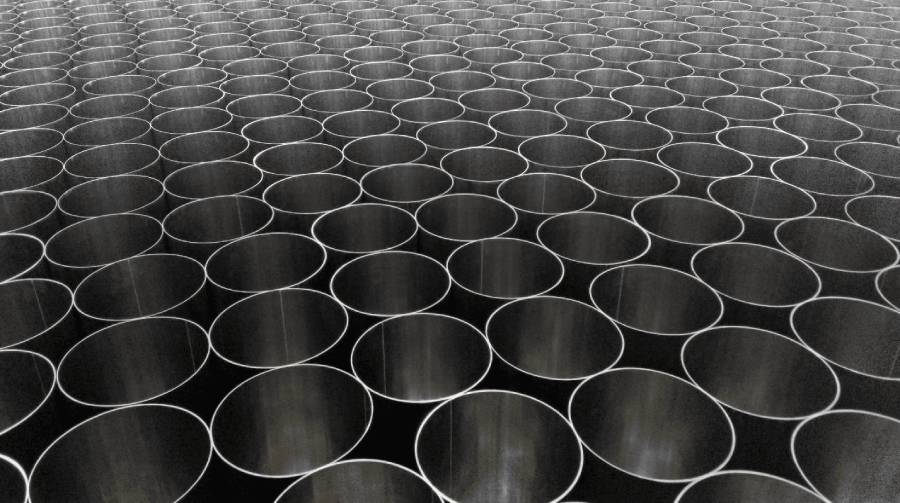
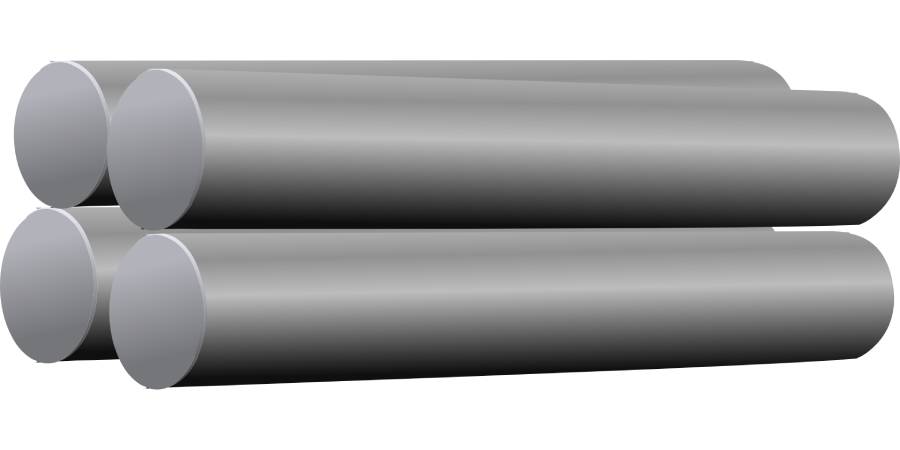
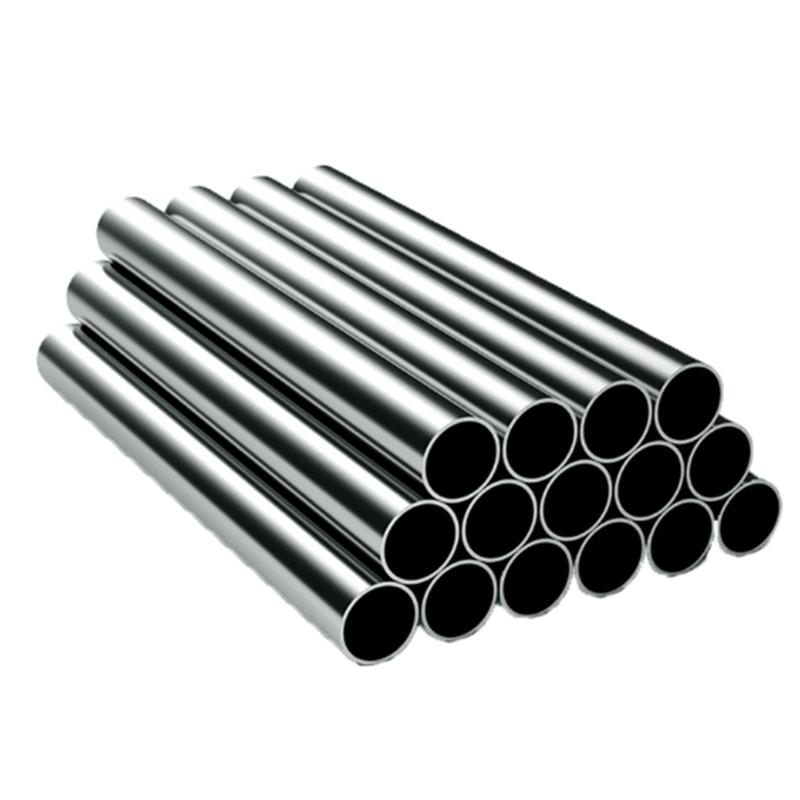 Austenitic stainless steel, or alloy 321, is a family of alloys renowned for their ductility, mechanical attributes, and corrosion resistance. Titanium stabilizes type 321 stainless steel, making it resistant to chromium carbide precipitation at temperatures above 800° F.
Austenitic stainless steel, or alloy 321, is a family of alloys renowned for their ductility, mechanical attributes, and corrosion resistance. Titanium stabilizes type 321 stainless steel, making it resistant to chromium carbide precipitation at temperatures above 800° F.